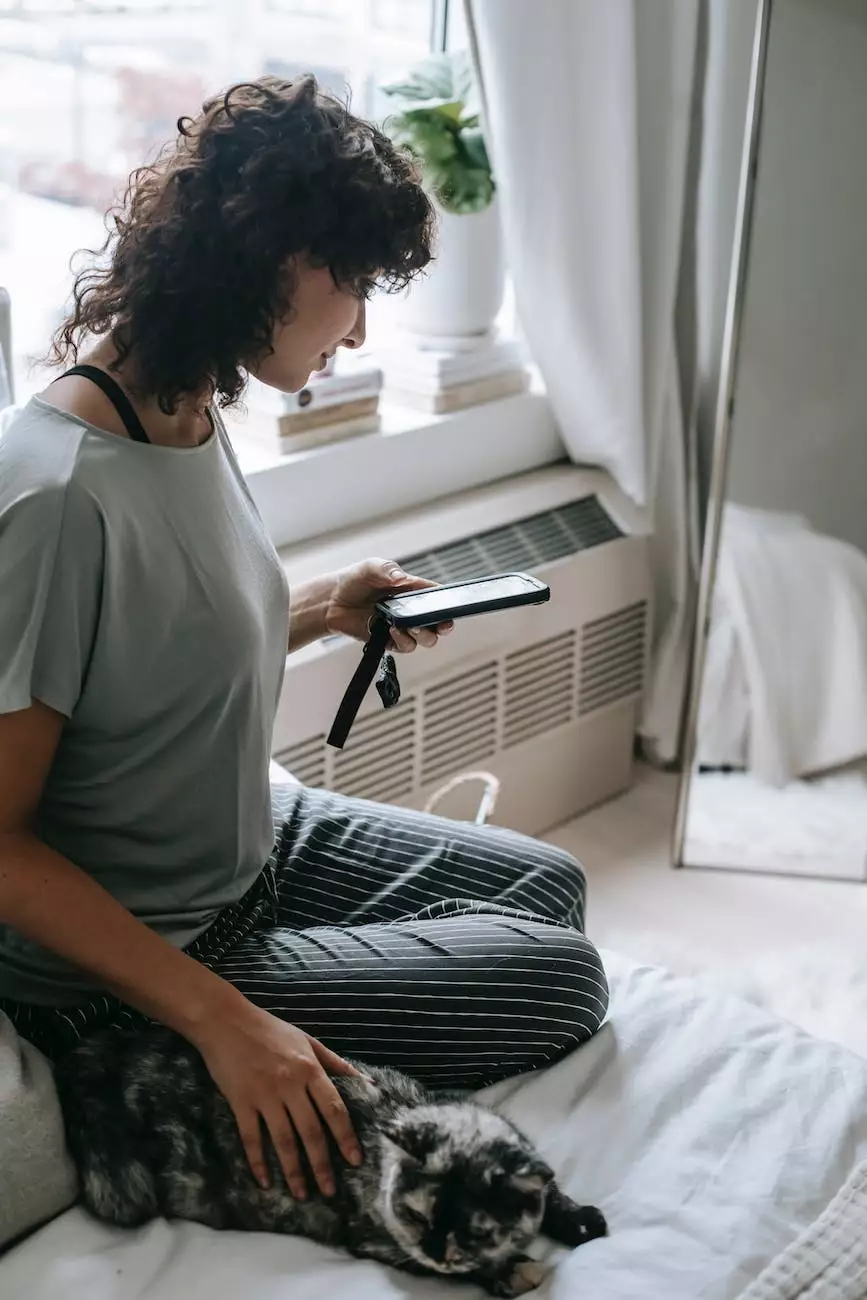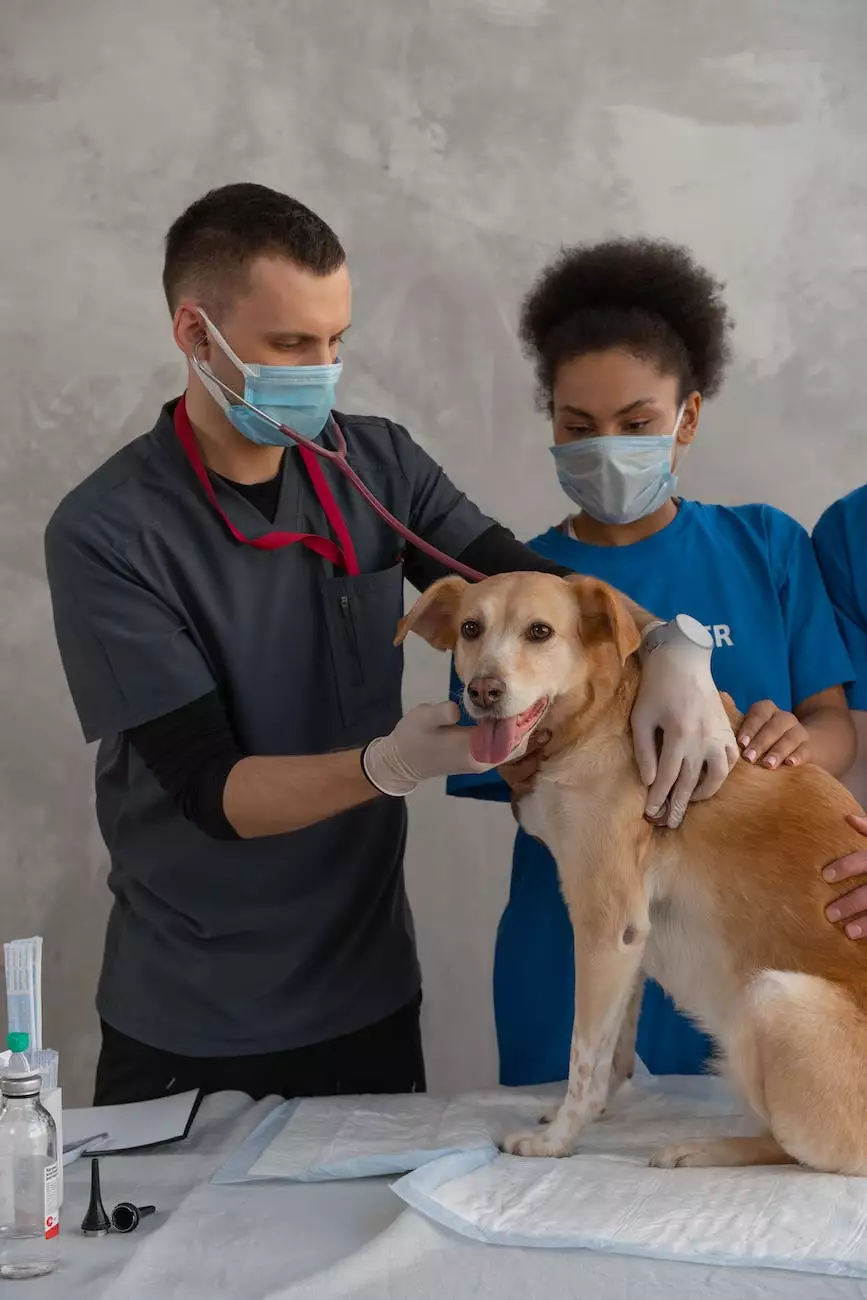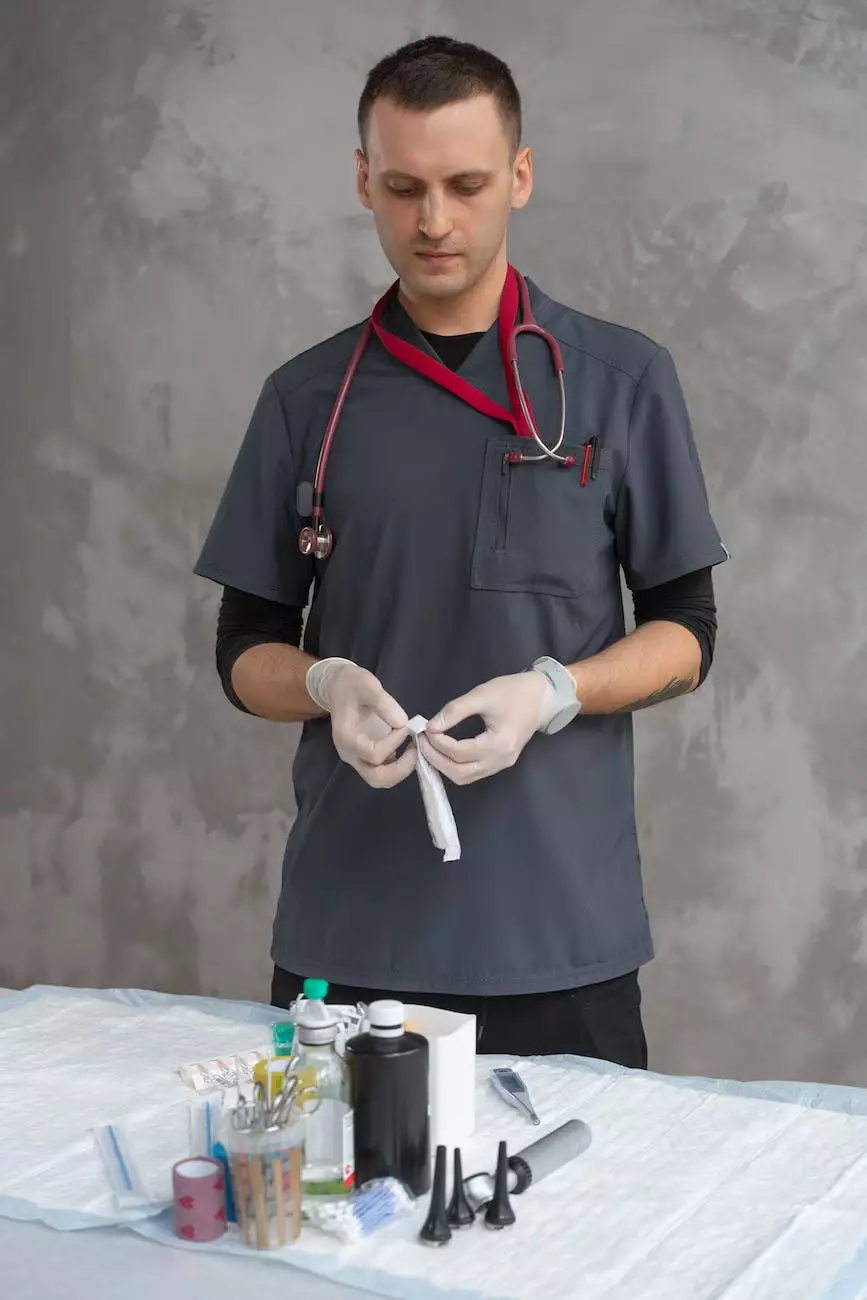How to Pet-Proof Your Home
Pet Care
Introduction
Welcome to Mobile Animal Surgical Hospital's comprehensive guide on how to pet-proof your home. As avid pet lovers, we understand the importance of creating a safe and secure environment for our furry friends. In this article, we will provide you with valuable tips, insights, and practical advice to ensure your home is well-prepared and protected for your beloved pets.
Why Pet-Proofing Matters
Pets bring immense joy and companionship to our lives, but they also require careful attention and consideration of their safety. Pet-proofing your home is essential to prevent accidents, injuries, and potential health hazards for your pets. By implementing effective strategies, you can create a pet-friendly environment where your furry friends can roam freely without any risks or dangers.
Identifying Potential Hazards
Pets are naturally curious creatures, and it's crucial to identify potential hazards that may exist within your home. Let's explore some common hazards and how to address them:
1. Household Chemicals
Many household chemicals, such as cleaning products, detergents, and pesticides, can be toxic to pets if ingested or exposed to their skin. Be sure to store these items in secure cabinets or high shelves out of reach from your pets.
2. Electrical Wires and Cords
Pets, particularly puppies and kittens, may be tempted to chew on electrical cords, posing a significant risk for burns, electric shocks, or even fires. Conceal cords or use pet-friendly cord protectors to prevent access.
3. Toxic Plants
Some common indoor and outdoor plants can be toxic to pets if ingested. Research and remove any plants that may pose a risk to your pets. Consider pet-safe alternatives to add greenery to your home.
4. Small Objects
Ensure that small objects, such as buttons, jewelry, or coins, are kept safely away from your pets. Ingestion of these items can lead to choking or intestinal blockages, requiring immediate veterinary attention.
5. Medications
Medications, both prescription and over-the-counter, should be stored securely. Even a small amount of certain medications can be toxic to pets. Dispose of expired or unused medications properly.
Creating a Pet-Friendly Living Space
To provide a safe and comfortable living space for your pets, consider the following recommendations:
1. Securing Outdoor Areas
If you have a backyard or outdoor space, ensure it is securely fenced to prevent your pets from wandering off and encountering potential dangers. Check for any small gaps or holes that they may escape through.
2. Removing Toxic Cleaning Products
Replace conventional cleaning products with pet-safe alternatives. Many eco-friendly and non-toxic cleaning solutions are available in the market, ensuring a clean and safe environment for both you and your pets.
3. Providing Proper Identification
Ensure your pets have proper identification, such as collars with tags displaying their name, your contact information, and microchipping. In case they ever get lost, this information is vital for a safe and quick reunion.
4. Choosing Pet-Safe Furniture
Opt for pet-friendly furniture and decorations that are durable and resistant to wear and tear. Avoid fragile items or those with small detachable parts that may pose a choking hazard.
5. Establishing Pet Zones
Set up designated pet zones within your home, equipped with their bed, toys, and food/water bowls. This helps create a sense of structure and provides your pets with a safe and comfortable area they can call their own.
Tips for a Pet-Proof Kitchen
The kitchen can be particularly hazardous for our furry friends. Follow these tips to pet-proof this area:
1. Storing Food Wisely
Store all human food securely in closed containers or cabinets, preventing access to your pets. Some foods, such as chocolate, onions, garlic, and certain fruits, can be toxic to pets and should be kept out of reach.
2. Secure Trash Bins
Invest in pet-proof trash bins with lids to prevent your curious pets from rummaging through potentially harmful garbage. Dispose of any toxic or hazardous waste properly.
3. Supervise While Cooking
Never leave your pets unattended in the kitchen while cooking. Hot stoves, boiling liquids, and sharp utensils can cause severe injuries to pets if mishaps occur.
4. Block Off Hazardous Areas
If there are certain areas of the kitchen that pose a hazard to your pets, such as the area around the oven or dishwasher, use baby gates or barriers to restrict their access.
Conclusion
By following the tips and recommendations provided in this guide, you can create a safe and pet-friendly environment within your home. Prioritizing the well-being and safety of your pets is essential to ensure they live a happy, healthy, and accident-free life. Remember, constant vigilance and regular updates to your pet-proofing efforts are vital as your pets grow and explore new areas of your home. Pet-proofing is an ongoing process, but the rewards of a safe and loving environment are immeasurable.




